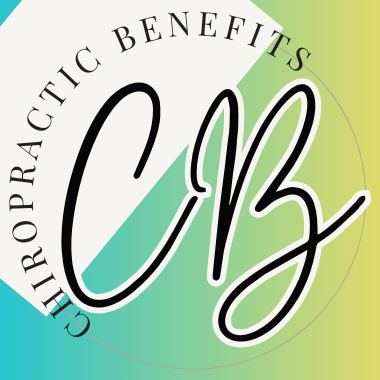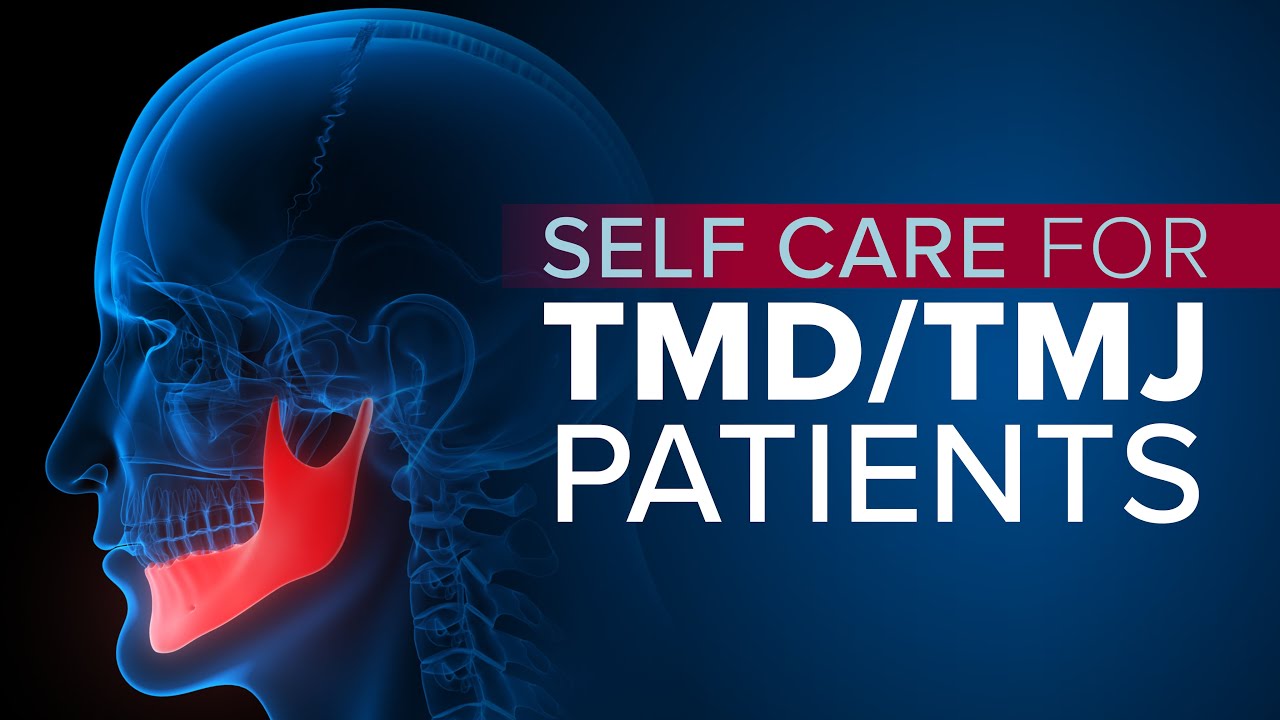– Hi, my name is Diana Hearn and I'm here today to
discuss self care for TMD. TMJ is an abbreviation for
the temporomandibular joint or jaw joint, which connects the
temporal bone of the skull to the mandible or lower jaw bone. TMD is an abbreviation for
temporomandibular disorders, conditions that can cause pain and dysfunction in the jaw joint, the muscles that control
the joint or both.
Signs and symptoms of TMD
include painful clicking or grinding in your
jaw, locking of your jaw in either an open or
closed mouth position, pain while talking chewing
or opening your mouth wide, painful clenching of your jaw, headaches and neck pain and pain, ringing, or fullness in your ear. While most TMD symptoms resolve
in a few weeks to months, some painful conditions can be aggravated by certain behaviors or harmful habits that strain jaw and neck muscles. For general self care
of either TMD or TMJ, I would recommend avoiding
extreme jaw movements of opening your mouth wide or forcefully such as yawning, singing, or yelling. Avoid foods that cause symptoms. Eat soft foods, avoiding crunchy or hard foods. Avoid taking large bites and foods that require prolonged
chewing before swallowing. Do not chew gum.
Take notice if you perform
habits such as chewing nails, cheeks, lips, resting
your jaw and your hand. Be aware of clenching or
keeping your teeth together. Be aware of grinding your teeth or tensing your jaw muscles and pushing your tongue
against your teeth. Maintain the rest position of your job placing your tongue lightly
up on the roof of your mouth when softly saying N or no. Teeth apart, lips lightly
together, jaw relaxed. Correct your posture. Modify your sitting posture at a computer or desk workstation using a
good chair with back support and take frequent postural breaks. When driving, adjust your
seat to the upright position. Even in leisure settings, such
as watching TV or reading, sit upright and use
pillows behind your back for good support.

Correct your sitting and standing posture from a slump to an upright position by raising your sternum or chest bone, placing your shoulders back by gently squeezing your shoulder blades. Get a good night's sleep using
pillows to support your neck, avoid sleeping on the stomach. Try sleeping on your back. And if you sleep on your side, do not place your hands up to your face. You may apply moist heat or cold to jaw muscles on the
side of your face or neck and use a light layer to avoid
direct contact with your skin and apply for 15 to 20 minutes at a time. Stress reduction is important. Practice, relaxation or
participate in activities that decrease stress for you. Some ideas are meditation,
yoga and gardening. Walking for exercise is good for your general health and wellness. Try abdominal breathing,
taking slow deep breaths. And if you have a history
of medical problems, check with your physician before starting any exercise
program or new activity. If you are experiencing
any of the symptoms of TMD and would like to contact
a healthcare provider, the team of oral medicine
and oral surgeon specialist at Penn Medicine, provide comprehensive
examination and intervention with focused on a conservative
reversible approach, including physical therapy.
Good Shepherd Penn partners has a team of specially trained therapists in the evaluation and treatment of TMD that work in collaboration
with Penn Medicine specialists. When calling to make an appointment, ask her for a TMD team member to find the right physical
therapist for you. Thank you so much and we
hope these self care tips help to manage your TMD symptoms..

